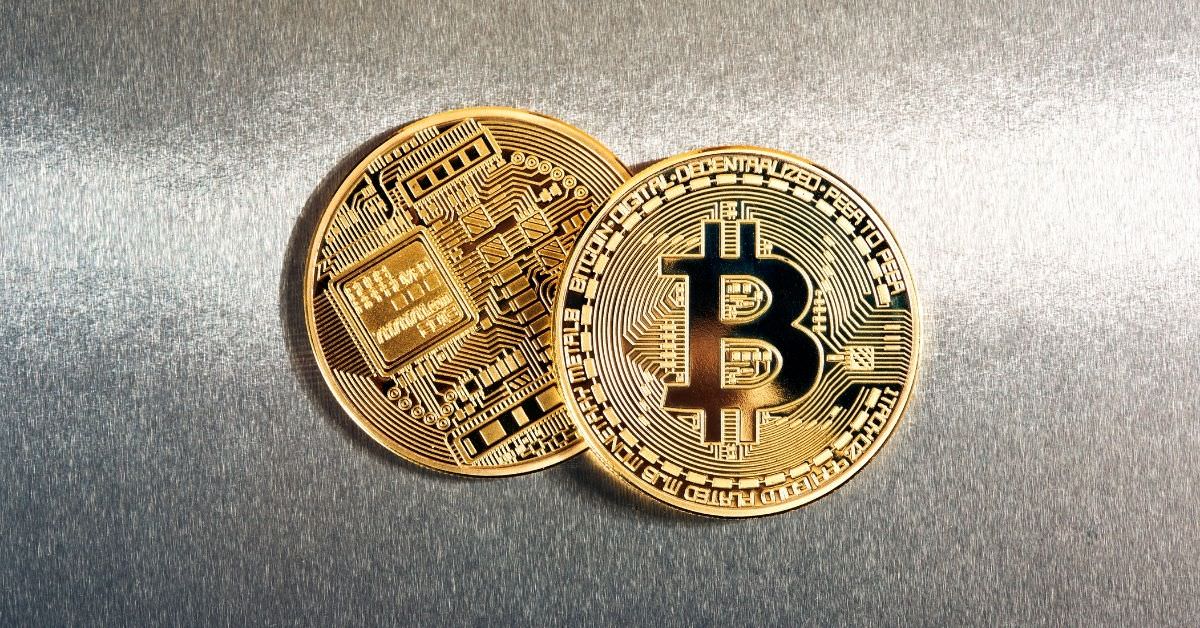
The meaning of cryptocurrencies has been the talk of the global investment circle for the last thirteen years. Much gets said about the investment opportunity and the wealth investors have achieved.
From teenagers to billion-dollar entrepreneurs, investor types in cryptocurrency goes against the grain of historical financial investment practices. Many have invested in a trend without knowing even the meaning of cryptocurrency.
Is there meaning to cryptocurrencies
Warren Buffet, the world-renowned investor mogul that runs Berkshire Hathaway, said at their 2022 AGM (annual general meeting) that,

“If you … owned all of the bitcoin in the world and you offered it to me for $25, I wouldn’t take it,” “Because what would I do with it? I’ll have to sell it back to you one way or another. It isn’t going to do anything.”
He continued comparing farmland and rental properties to bitcoin,
“[it’s] the difference between productive assets [property and buildings] and something that depends on the next guy paying you more [for bitcoin] than the last guy got”.
According to the World Economic Forum, there are 18 142 cryptocurrencies. Ninety-one billion dollars is traded every twenty-four hours. Investors have become multi-millionaires overnight with little knowledge of how investments work or the meaning of cryptocurrencies.
History helps understand the meaning of cryptocurrencies
It is essential to explore their origin to understand the meaning of cryptocurrencies.
Electronically transferring money is not as new an invention as you might think. In 1983 cryptographer David Chaum invented a payment system called eCash. Twelve years later, electronic payments became possible with DigiCash.

DigiCash utilized cryptography (the art of writing or solving codes) to make financial transactions safe and confidential. In 1998, the meaning of cryptocurrency got used when Wei Dang invented a new payment method using cryptography. Wei leveraged the currency’s strength of decentralization which allows the currency to exist outside the control of government and central authorities.
During the 2008 financial crisis, people lost everything they owned, enduring severe economic hardship. Then, in 2009, cryptocurrency ‘Godfather’, Satoshi Nakamoto, invented bitcoin.
Bitcoin, illuminating the meaning of cryptocurrencies, got launched with a white paper. It was titled “Bitcoin: A Peer-to-Peer Electronic Cash System”in 2009 and was worth $0. By 2013 one bitcoin cost $129, and in 2021 that purchase was worth $50 000.
The decentralization of cryptocurrency
Decentralization is currency being traded internationally without needing financial institutions backing the payments. The origin of cryptocurrency stemmed from a need for unique ways to process financial transactions without conventional payment methods.
Cryptocurrency uses cryptography that enables peer-to-peer payments by removing financial institutions, like banks, from facilitating those payments. A user can send ‘coins’ to another user via unique ‘Wallet IDs’. A Wallet ID is accessible only by the user. Security against hackers is top notch.
The future of the currency

In March 2022, the US president, Joe Biden, signed the Executive Order on Ensuring Responsible Development of Digital Assets. This executive order lays a framework for a “whole-of-government approach to addressing the risks and harnessing the potential benefits of digital assets and their underlying technology.”
Jeremy Alliare a member of the World Economic Forum’s Digital Currency Governance Consortium said,
“the Executive Order sets out initiatives to explore and engage in constructive problem solving around known risks that exist with the legacy financial system, and the new Web 3 world”, and that the exploration will cover “privacy, security, financial inclusion, global competitiveness for USD,” and more.
Whatever the future holds for this digital asset, it is clear that global coordination of regulation is essential. Once regulated, perhaps even Mr. Buffet will jump on the bandwagon.


